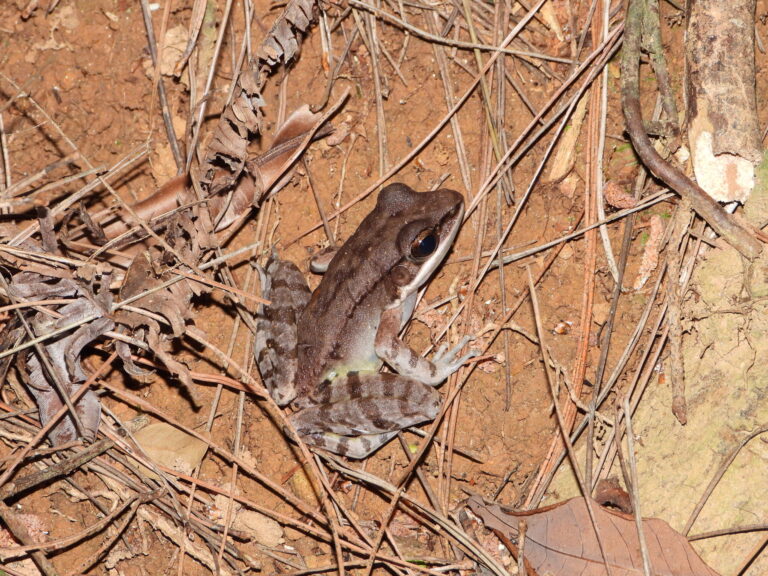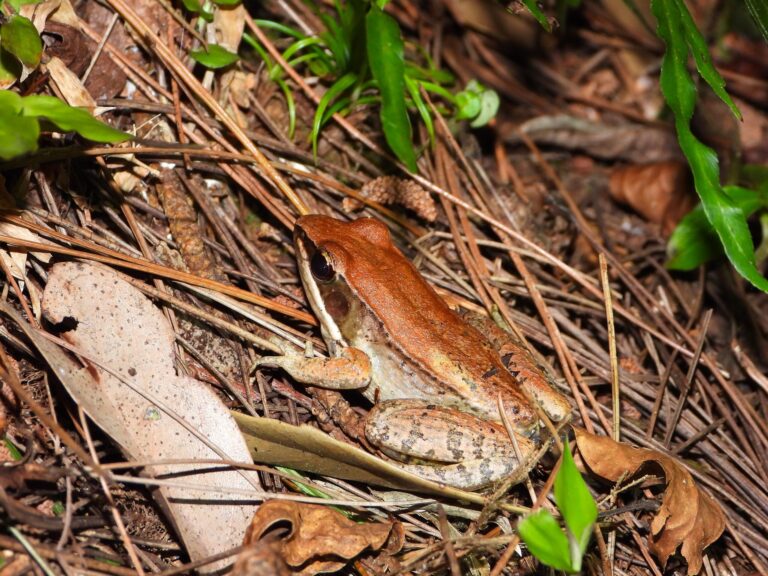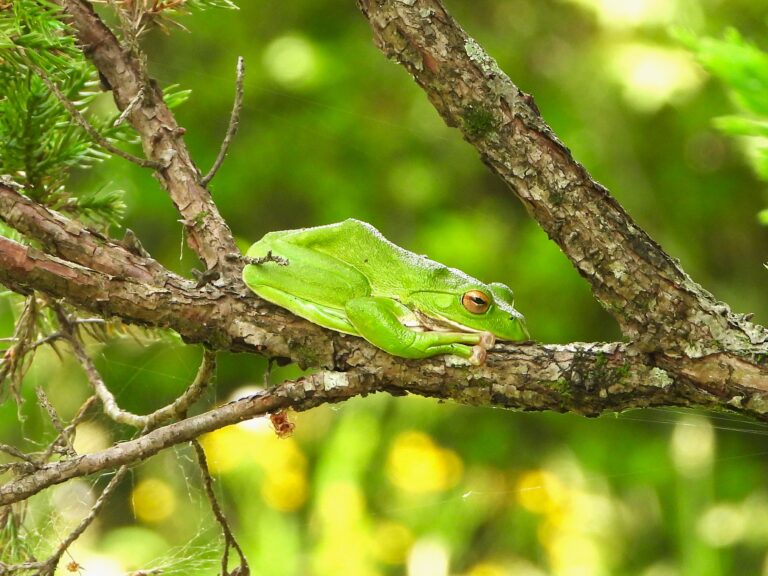Cane Toad (Rhinella marina) – Wildlife of Japan
Introduction
The Cane Toad (Rhinella marina) is a large terrestrial toad native to Central and northern South America. In Japan, authorities list it as a “Specified Invasive Alien Species” under the Invasive Alien Species Act (2005). The law bans importing, transporting, and keeping the species because of its ecological impact and strong toxicity.
Appearance
This species has a broad head, short limbs, and dry, warty skin. Large oval parotoid glands behind the head secrete powerful bufadienolide toxins. Its coloration varies from grayish-olive to brown, and the belly is paler with irregular dark spots. Most adults reach 10–15 cm in length, while some grow over 20 cm.
Habitat & Distribution
Cane Toads live on several Japanese islands:
- Chichijima and Hahajima (Ogasawara Islands)
- Kitadaitōjima and Minamidaitōjima (Daitō Islands)
- Ishigaki Island (Yaeyama Islands)
People originally brought them in for sugarcane pest control or unintentionally through cargo shipments. On Hatomajima, control programs successfully removed the population.
Behavior
Cane Toads stay hidden in moist or shaded areas during the day and search for food at night. They often gather near lights where insects swarm. When threatened, they release a milky toxin from the parotoid glands to deter predators.
Diet
These toads eat almost anything they can swallow—mainly beetles, ants, roaches, and other small invertebrates, but occasionally frogs or mice.
Reproduction
Females breed in still or slow-moving freshwater such as ponds, ditches, or puddles. Each lays long gelatinous strings holding thousands of eggs. Tadpoles transform into young toads within one to two months.
Conservation & Impact
Although the IUCN lists the species as Least Concern worldwide, Japan treats it as a high-risk invasive species. Cane Toads feed on native insects, compete with native amphibians, and poison snakes, birds, and domestic animals. Environmental authorities ask people to report any new sightings outside known areas.
Author’s Impression
When I visited Ishigaki Island, I found many Cane Toads near farmland after rainfall. Their huge bodies and calm, confident posture were striking. They look fascinating, but in Japan they represent an ecological enemy—an invasive species that reminds us how fragile native ecosystems can be.








